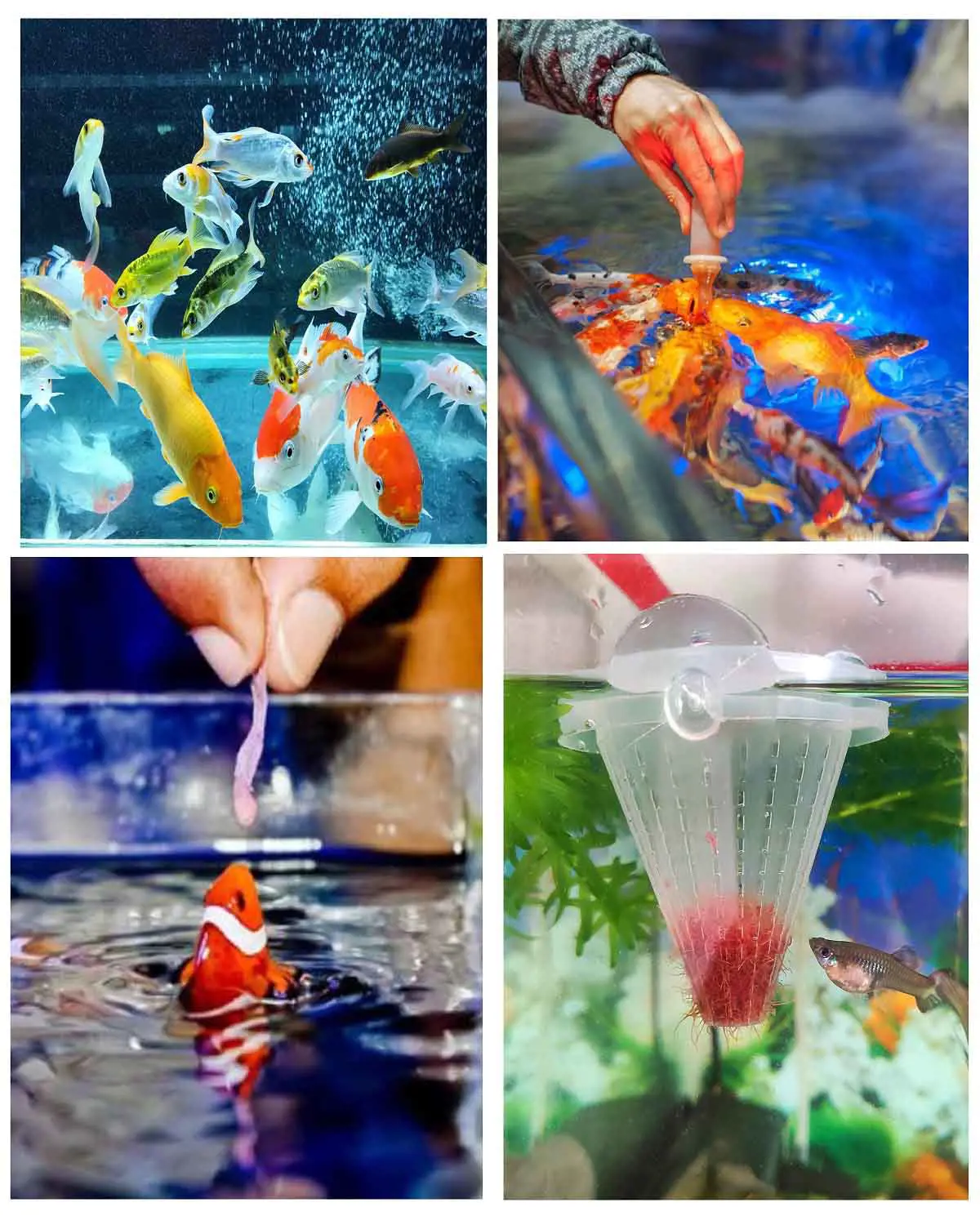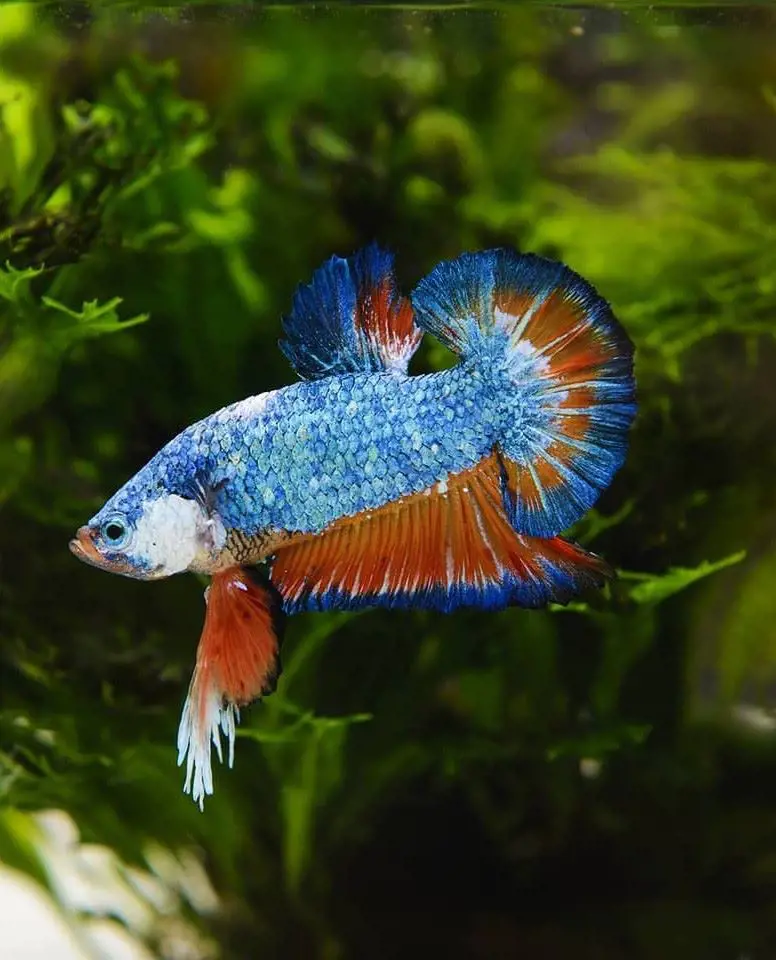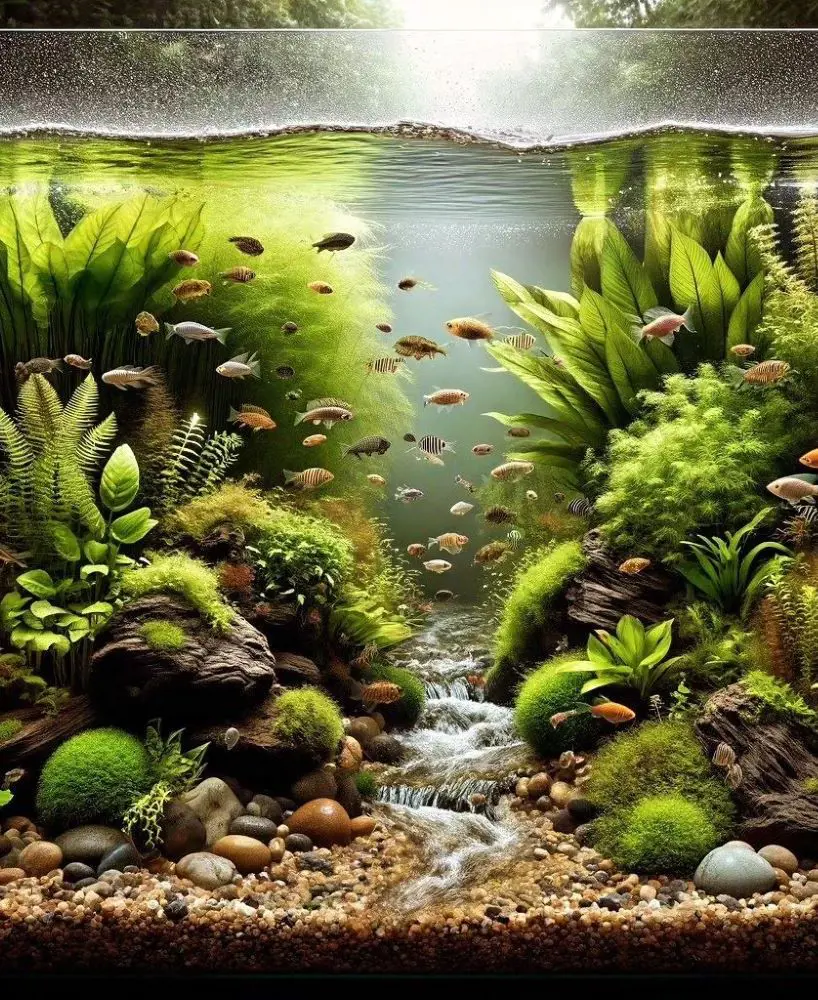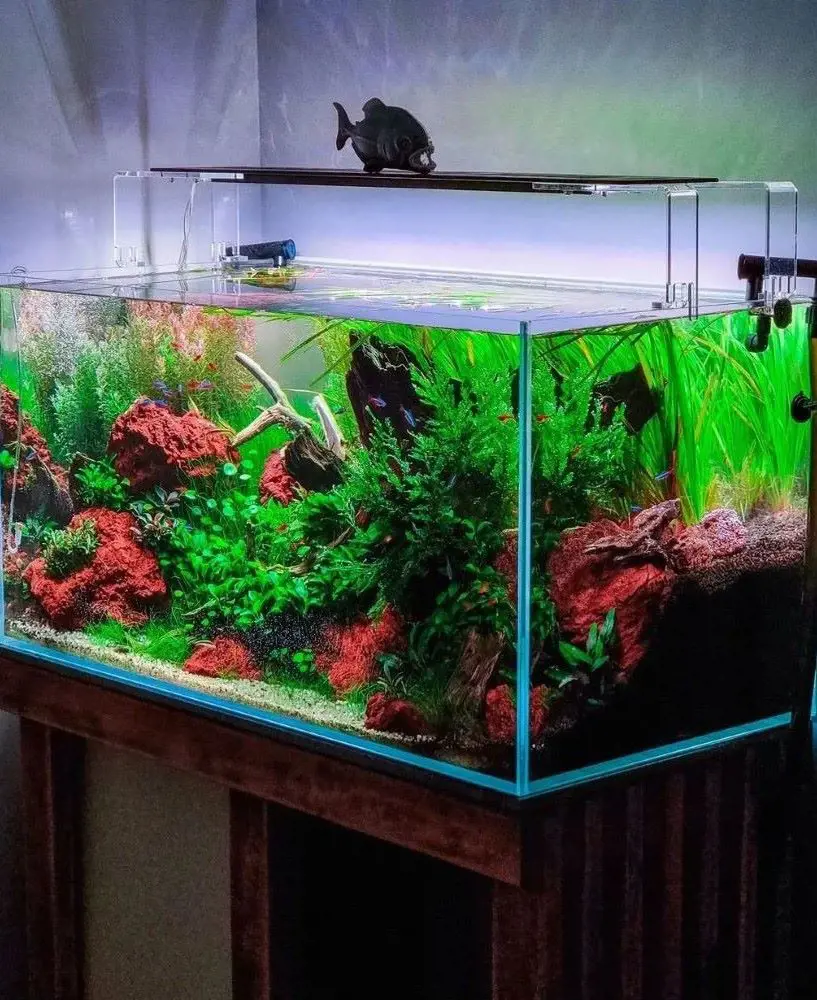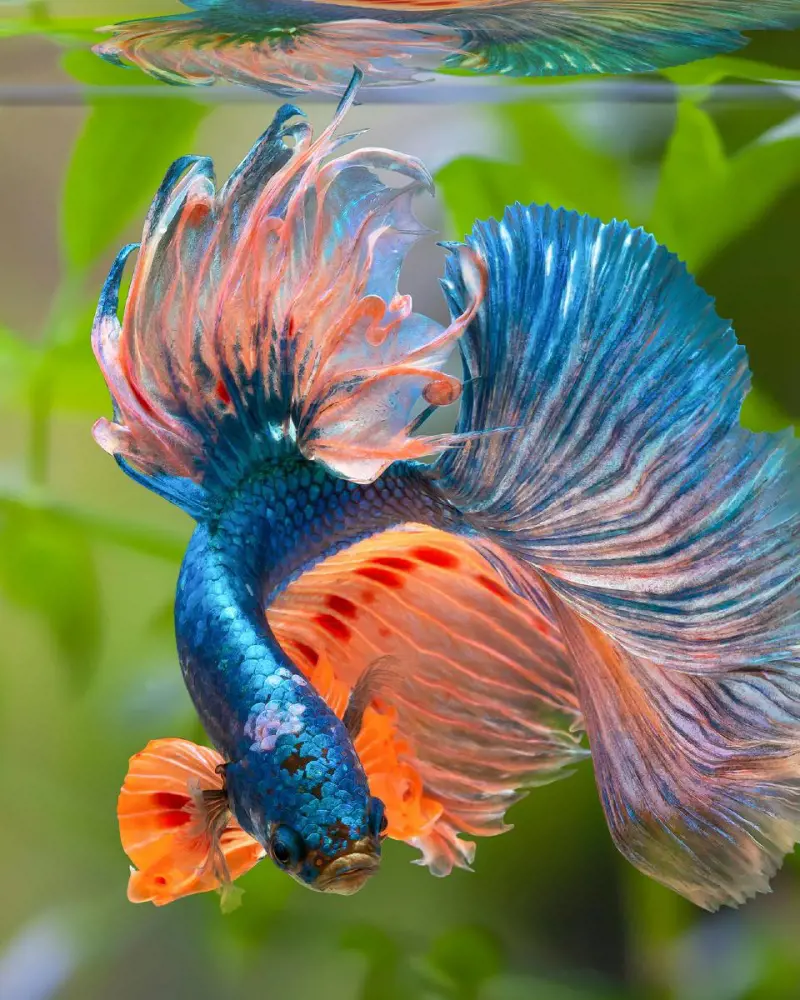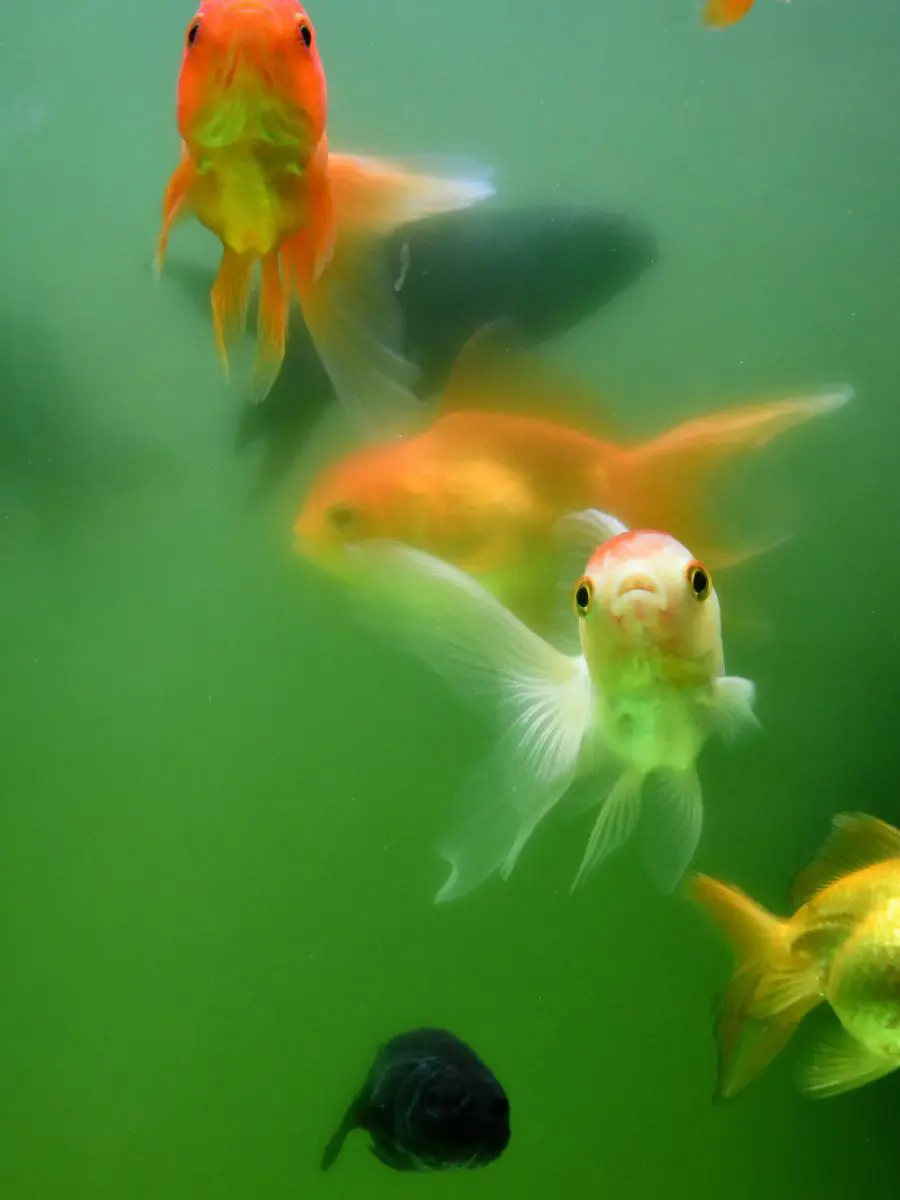How To Treat Ich On Fish
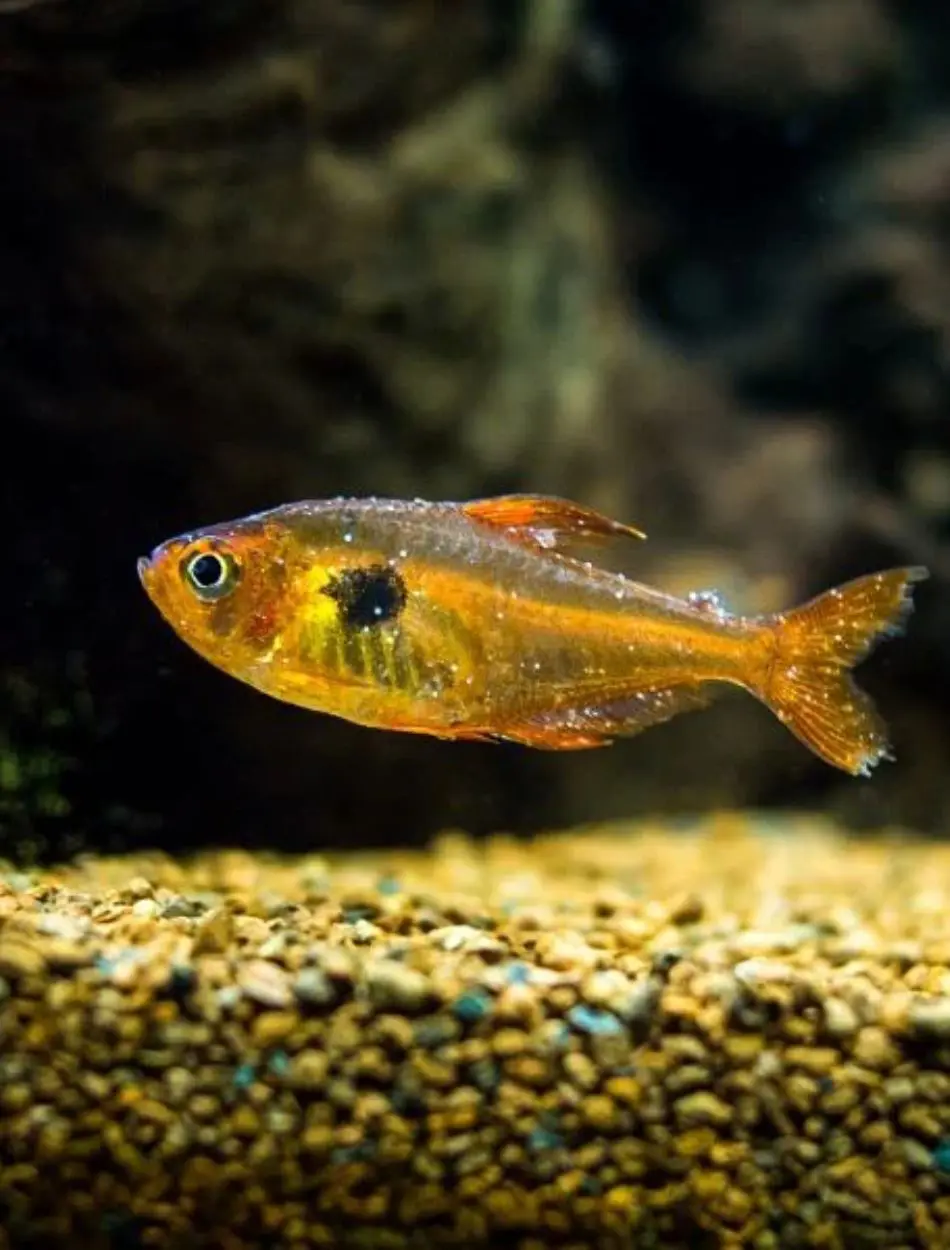
Ich is one of the most common diseases an aquarium fish can suffer from. It is caused by external protozoan parasites that create various white spots on the skin and gills of the fish.
The spots look like white grains of salt or sugar dispersed all over the fish's body. To treat this disease, it is important to understand the parasite's life cycle. With proper understanding and treatment, this disease can be diagnosed and treated well.
What is an Ich?
Ich, also known as White Spot Disease, is caused by the protozoan parasite called Ichthyophthirius multifiliis. It is a Latin name which means "fish louse with many children". In saltwater, it is caused by a parasite called Cryptocaryon irritans. The life cycle of these parasites is very complicated, which makes them difficult to treat.
The parasite has a large feeding (trophont) stage as the white spots on the fish's body. These spots are visible to the naked eye but very resistant to treatment. However, the free-swimming theront stage is not visible but is the only stage in the lifecycle of the parasite that is receptive to treatment.
After feeding on a fish, even a single trophont can reproduce, releasing 1,00 new infective organisms into an aquarium. Moreover, the life cycle of this parasite is temperature dependent, with fewer days between stages in warm water and longer in cold water.
Signs of Ich in Freshwater Fish

There are other non-serious issues that can be mistaken for White spot Disease. One example is fin ray fractures or fractures to the cartilage of a fin. It can look like white spots on the fins but is not serious. Other identical examples that may look like white spot disease but are not are breeding tubercles on male goldfish and producing multiple white bumps on the operculum and pectoral fin.
To properly diagnose this disease, it is crucial to know the signs of ich in fish. Some of the signs of ich can be as follows:
-
- White Spots: One of the most important signs of ich is the appearance of small, white spots that look like grains of salt or sugar on the skin, gills, and fins of a fish.
- Rubbing or Scratching: If your fish is rubbing or scratching against the objects in the tank, your fish might have an ich. They do this to relieve the irritation caused by the parasite.
- Gasping at the Surface: Another sign of ich is the fish gasping for air at the surface due to difficulty in breathing as the gills of the fish are affected by this disease.
- Clamped Fins: If your fish is holding their fins close to their body instead of spreading them out, there is a chance they may be suffering from ich. This is a sign of stress and discomfort in the fish.
- Lethargy: The fish infected from ich may become less active. They tend to spend more time resting on the bottom of the tank and hiding.
- Loss of Appetite: It is possible for fish infected with white spots to eat less or stop eating altogether.
- Rapid Breathing: When the gills of the fish are heavily affected, their respiration rate can be high.
Causes of Ich
There are several factors that may cause White spot Disease. It is a very contagious disease among the fish and must be treated quickly. Some of the causes of it are as follows:
Introduction to Infected Fish and Plants
The most common cause of ich is the introduction of new fish, plants, or decorations infected with parasites into an aquarium. Your fish may look healthy, but it might be bearing the parasite in its gills or under the skin, where it is not easily visible.
It only takes one infectious parasite to reproduce and spread throughout the tank, thus, it is very important to quarantine a new fish or plant for at least two weeks before introducing them to the new tank.
Stress
Another major reason for Ich on a fish is stress. If your fish is stressed, it means that they will have a weak immune system, making the fish more receptive to ich. So, it is important to monitor the tank and look out for the signs that the fish may be stressed.
Some of the most common stress factors can be poor water quality, overcrowding, incompatible tank mates, and sudden temperature changes. These factors lower the fish's natural defenses, making it easier for the parasite to attack and take hold.
Weak Immune System
Fish that have weak immune systems are more prone to this disease than those with strong immune systems. It may be a result of age, previous illness, or inappropriate nutrition. A weak immune system makes it easier for the parasite to establish more quickly. When it attacks one fish, it can then attack and spread to other fish as well.
Suboptimal Living Conditions
Lack of tank maintenance, such as infrequent water changes, dirty substrates, and escalation of organic waste are some of the factors that create a breeding ground for the ich parasites. Moreover, fish waste, uncleaned decaying plants, and uneaten food may also degrade the water quality. This degrades the tank quality along with an increase in the stress level of fish, ultimately making the Irish susceptible to this disease.
Dormant Ich Parasites
Even though your fish shows no signs of infection, there may be a chance that ich exists in a format state in your aquarium, especially in the substrate or on your decorations. They can be dormant until the conditions become favorable and attack their prey once they are weak or vulnerable. This is possible even when there are no new introductions to the tank.
Temperature Fluctuations
Ich develops well in cool water temperatures. If the temperature of the tank is lower or there is a sudden drop in temperature, it can stress the fish and may cause an outbreak. It may weaken the fish making them more susceptible to the parasite. Moreover, the ich parasite tends to multiply faster in lower temperatures.
Contaminated Equipment
If you are sharing equipment like nets, siphons, or decorations, there is a high chance of transfer of ich, especially if they are not properly disinfected. Your tank may look healthy, but ich can be transferred through infected equipments.
Treatment of Ich
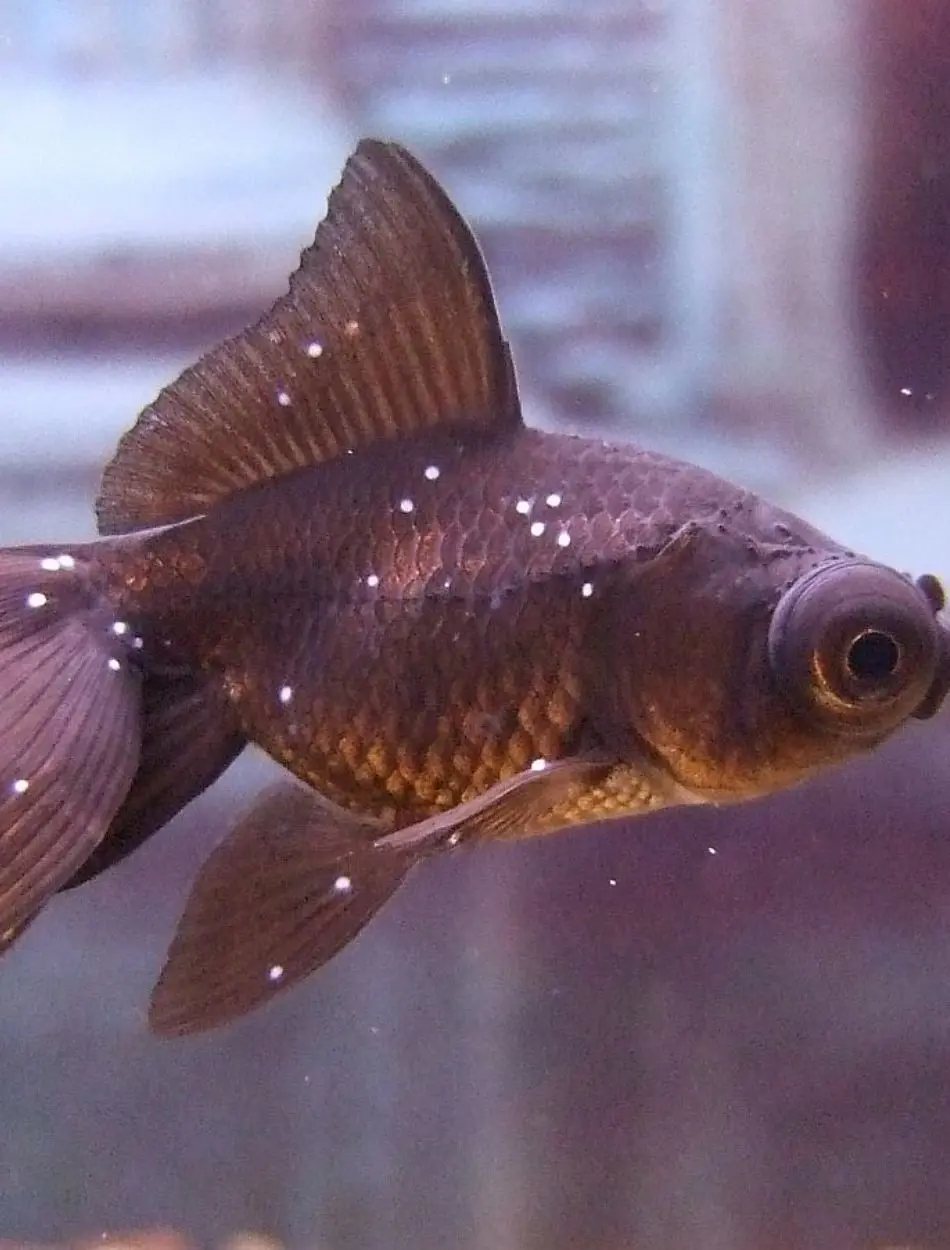
If your fish is suffering from ich, it requires quick and effective treatment to prevent the spread and reduce the harm to your fish. Some of the measures to treat your ich are as follows:
Raise the Water Temperature
Ich survives well in cool temperatures and has a temperature-sensitive life cycle. If you raise the water temperature to 80-86 degrees Fahrenheit, it can speed up the life cycle of the parasite making it pass through the vulnerable free-swimming stage called theront more quickly.
While doing this, increase the temperature by 2 degrees Fahrenheit every few hours until you reach the desired temperature. Do not rush the process as it may stress the fish. Moreover, monitor the fish for any signs of heat stress as not all fish are receptive to high temperatures. Make sure to maintain this temperature for at least 10 days to make sure that all the parasites are exposed to treatment.
Aquarium Salt
Aquarium salt can damage the osmotic balance of the ich parasites, leading to dehydration and death. Moreover, it promotes mucus production which helps reduce the stress in fish. To do this, you can add the salt in a separate container before adding it to the aquarium directly.
It is very important to maintain the salt treatment for at least 10 days or as long as there are symptoms of ich. The dosage of the salt can vary based on the species of the fish.
Frequent Water Changes and Gravel Vacuuming
To remove the free-swimming theronts, you can change the water regularly. In addition, vacuuming the gravel also removes cysts that may have fallen off the fish and resided on the substrate. While removing the water, replace it with dechlorinated water at the same temperature as the tank to avoid shocking the fish. You can perform this every other day to ensure the water is not contaminated.
Disinfecting Equipment and Decorations
Ich can survive and reside on equipment decorations, and on the substrate as well. This may cause reinfection or contamination of other new tanks and fish. Therefore, make sure to disinfect all the equipment and decorations with a bleach solution or aquarium disinfectant. Rinse the bleach thoroughly and dry them completely before reusing them.
Maintaining Elevated Temperature
If you follow a cure or medication to treat White Spot Disease, make sure to continue the treatment for the full course. It makes sure that all the life stages of the parasite are eliminated, as the parasite may still be present in its free-swimming stage even after the disappearance of the white spots.
Even if the symptoms improve, keep the temperature raised and continue the medication for at least 10-14 days. After the treatment is complete, you can slowly but steadily return the water temperature to its normal level.
Monitoring and Adjusting Treatment
The severity of ich can vary from one species to another, so it is important to monitor the tank regularly and adjust treatment as per your need. You should observe the fish for any signs of improvement or worsening symptoms. If the fish is not receptive to the initial treatment, consult with a vet for advice on the treatment of the ich.
Post-Treatment Care
Even after the treatment is complete, there are certain things that you should do to prevent the recurrence of the disease. One such measure is to perform a large water change. You should change about 50% or more water to remove any existing medication or salt from the water. Also, make sure to restore the filtration system of the tank by restoring activated carbon.
Other important steps are to monitor the water parameters regularly, maintain fine tank hygiene, and quarantine new fish or plants.
Preventive Measures
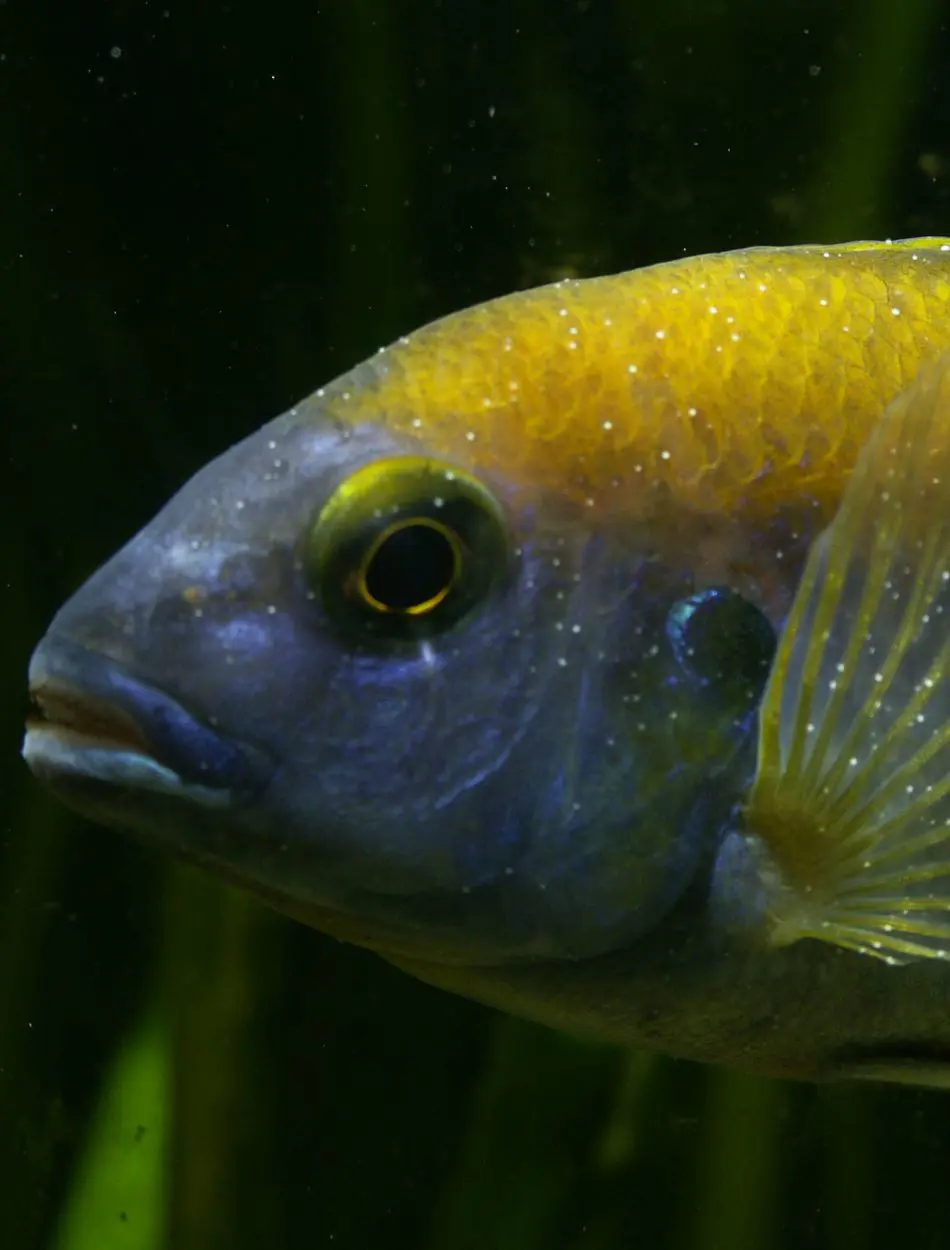
Ich outbreak can be a difficult and stressful situation, especially if you are new to this field. So, to maintain a healthy tank ecosystem, you should follow some preventive measures that may not only cure ich but other fish diseases as well. Some of them are as follows:
Quarantine New Fish and Plants
If you are planning to add new fish, plants, or decorations to your tank, it is a must to quarantine them for at least two weeks. This allows you to observe them for any signs of ich or other diseases. To do this, you can set up a different tank with similar water conditions and monitor for any signs of illness.
Maintain Stable Water Conditions
One of the reasons for stress in fish is fluctuation in water temperature, pH, or other parameters. This results in a weak immune system of the fish making them prone to ich. To prevent this, use a heater to maintain consistent water temperature and regularly monitor the water parameters. Moreover, do not change the water conditions suddenly.
Avoiding Overcrowding
If your tank is overcrowded, it ultimately leads to excessive waste, competition for resources, and higher stress levels, all of which are the major cause of ich. Make sure that there is adequate space for each fish, including hiding spots and territorial boundaries.
Compatible Tank Mates
When the tank mates are incompatible, it can cause stress through aggression, bullying, or territorial disturbances. So before adding a fish to the tank, make sure you research the temperature, size, and needs of each species to avoid mixing them with different needs and temperaments.
Maintain a Clean Environment
Maintaining a clean and healthy tank environment always helps to create a healthy and balanced life for water species. A clean tank has less chance of being infected by ich or any other parasites. To do this, perform regular water changes, vacuum the substrate to remove the waste, keep the filters clean, and ensure the functioning of the equipment.
Feed Balanced Diet
A healthy balanced diet strengthens the immune system of the fish. It makes them less receptive to diseases and infections. Provide the fish with an appropriate diet according to the species, such as flakes, pellets, frozen or live foods, and fresh vegetables.
While providing them with food, make sure that you are not overfeeding them which can result in obesity. Make sure that every fish is getting enough food.
Regularly Monitor Fish Health
Monitoring your fish's health can help you detect signs of disease early and allow you to stream them quickly. This can prevent the infection from spreading and maintain the tank's health as well.
Always keep an eye on any signs of stress, unusual behavior, or the presence of white spots in your fish. If your fish is hiding more often, have clamped fins, or are rubbing against the tank, take your fish to the vet as fast as possible.
Avoid Introducing Wild-Caught Fish
Wild-caught fish are exposed to natural water bodies, making them more likely to carry parasites. To prevent the parasite from spreading, prefer captive-bred fish that are less likely to have these parasites or diseases. However, if you do get wild-caught fish, quarantine them for at least 2 weeks and consult with your vet before adding them to your tank.
Top Lists

